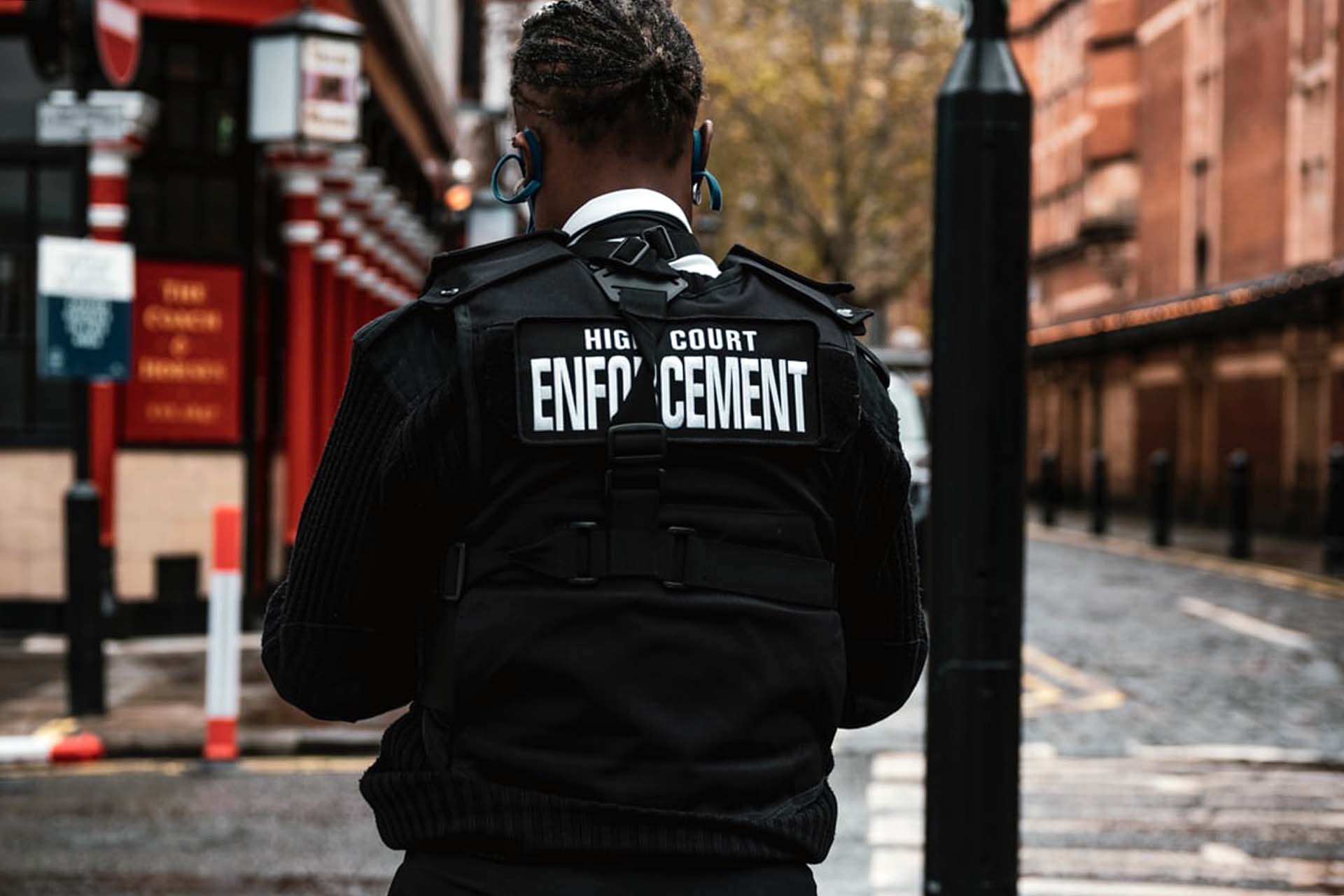
Launched on 29 January 2021 to over 180 law enforcement stakeholders, the National Enforcement Powers Guide is a law enforcement reference document encouraging greater multi-agency working between partners to safeguard victims and disrupt perpetrators of modern slavery. The document provides a summary of the legal powers, roles and responsibilities of relevant law enforcement agencies in the UK.
Notable speakers at the publication launch event included the Independent Anti-Slavery Commissioner (IASC) Dame Sara Thornton, the National Policing Lead for Modern Slavery, Devon and Cornwall Police Chief Constable, Shaun Sawyer, and the National PCC Lead for Modern Slavery, West Yorkshire PCC, Mark Burns-Williamson. Heralded by these speakers as a ground-breaking piece of work, it is already predicted to have a significant long-term impact on the fight to tackle exploitation, modern slavery and human trafficking in the UK. During the event, Chief Constable Shaun Sawyer went so far as to describe the guide as “the missing piece of the puzzle” for law enforcement.
The feat of pulling the guide together was down to coordination by the Hertfordshire Modern Slavery Partnership (HMSP) in collaboration with the Human Trafficking Foundation, which coordinates the National Network Coordinators Forum (NNCF) and the MSOIC (Modern Slavery and Organised Immigration Crime Unit) funded by the Home Office.
The history
Collaboration between agencies is essential in fighting modern slavery and human trafficking abuses. Often these crimes cross a multitude of different agency remits and by working together, agencies can build a stronger intelligence picture. Despite collaboration being so essential, there are still barriers to effective multi-agency action. Research conducted by the Nottingham Rights Lab and IASC highlighted the vast structural differences between the various law enforcement agencies that continue to exist. What was also clear was that there was a lack of understanding between the agencies themselves, in terms of what their roles and powers are.
In 2017, HMSP attempted to address these gaps by creating a plan to inform all law enforcement agencies of their different legislative powers: An Enforcement Powers Guide. This was an important plan considering the amount of legislation that exists to regulate all enforcement agencies; for example, there are 900 separate powers of entry in the UK under primary and secondary legislation, and that doesn’t even include powers of arrest, powers of evidence and powers of search.
When HMSP realised the size of the task and the need for it to stretch beyond one locality, the NNCF became involved. The NNCF is made up of anti-slavery partnership coordinators from around the country, who either saw the value of such a guide or were already part of the way to producing their own. From there, the MSOIC coordinators were seen as vital sources of national information and the guide fit very nicely within the Unit’s overall aims, and they then too came on board.
The outcome
The coordinators from their various partnerships and organisations worked together for 12 months drafting, coordinating and compiling this important document.
The National Enforcement Powers Guide seeks to resolve any inter-agency confusion by providing a quick reference guide for law enforcement, outlining and breaking down the legislative powers of 13 agencies. Furthermore, the guide seeks to demonstrate the mutual benefits of coordinating with other agencies who may have intelligence about the same site – and using different powers of entry authorised under relevant legislation – encourages them to go in together and carry out the specific evidence gather in line with their agency remit. This collaboration in information sharing and operational working is expected to lead to more strategic multi-agency partnership working, resulting in an increase in the identification of victims and perpetrators across serious and organised crime.
Ultimately, this work will ensure that, as highlighted by IASC Dame Sara Thornton at the launch event, that “the right people with the right powers are there to take action.” This guide will enhance opportunities to disrupt criminal activity. In addition to this, and perhaps most importantly, the guide will hopefully encourage the increased identification of victims, facilitating their access to the most appropriate and effective support possible.
You can download the guide from the MSOIC website here.
By Gabriella Jiménez


